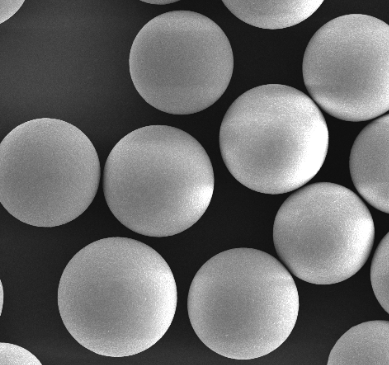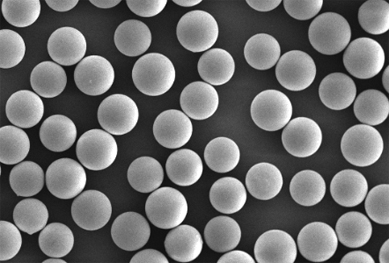
Radioactive drug is a special category of drugs containing radionuclides and used for clinical diagnosis and treatment. It is an integrated interdisciplinary solution of nuclear, electronic, computer, chemistry, physics, biological technology and contemporary medicine. Radioactive drugs have irreplaceable superiority in the diagnosis and treatment of malignant tumors, cardiovascular and cerebrovascular diseases, inflammation and other diseases.
As one of the vital treatments of cancer, radiotherapy has been widely adopted in the clinical treatment. About 70% of malignant tumor patients in China need to receive radioactive treatment. Conventional radiotherapy relies on in vitro irradiation to kill cancer cells by high dosage of radiation to successfully treat tumors. Since the radiation is not able to be selective and targeted, normal cells are killed at the same time, which lead to hypo immunity, myelosuppression, and gastrointestinal reaction. Adverse effect, such as vomiting, rash, phlegm, hair loss, white blood cells loss, loss of appetite etc., often leaves pain to patient which significantly affects the quality of lives. Interventional radioactive embolization therapy perfuses the embolism microspheres into the tumor, and the radioactive microsphere continuously produces low intensity x,γor β rays. Continuous low doses of radiation kill tumor cells as efficient as the surgery therapy and with less side effect. The high dose of radiation carried by the radioactive embolization microspheres can directly kill the cancer cells, while the embolization microspheres choke the blood supply to the tumor and causing the ischemic necrosis.
Early symptoms of liver cancer are not obvious and easy to be ignored, but the development is rapid. Once obvious symptoms detected, about 2/3 of the patients have reached the advanced stage, which often accompanied with portal vein tumor emboli and intrahepatic metastasis that is extremely difficult for surgery. For patients without surgical indications, current adopted clinical approach is external radiation chemotherapy technology. Radiation need to penetrate through normal tissue to reach the tumor.
Due to the health liver have a low level of radiation tolerance (only 30Gy), even the dosage of peripheral focused external irradiation that absorbed by the tumor tissue is only 30-80Gy, while internal radiation can allow tumor local absorbed dosage reach 80-150 or higher (can exceed 1000Gy) and that for surrounded health tissue is controlled below 30Gy. This high T/N ratio (the ratio of radioactivity of tumor and health tissue) sufficiently guarantees the safety and effectiveness of internal irradiation.
New glass microsphere is produced by innovative developed technic. With particle size of 20 to 30µm, the microsphere is capable to generate target radioactive nuclides after reactor irradiation. The sphere is a medical device as radioactive embolization for interventional oncology such as liver cancer and tongue cancer.

Via innovative technology, a new type of material is adopted to the microsphere. The novel microsphere with particular size is light, non-toxic, and capable to carry nuclides efficiently to perform as targeted radioactive embolization for interventional oncology.
